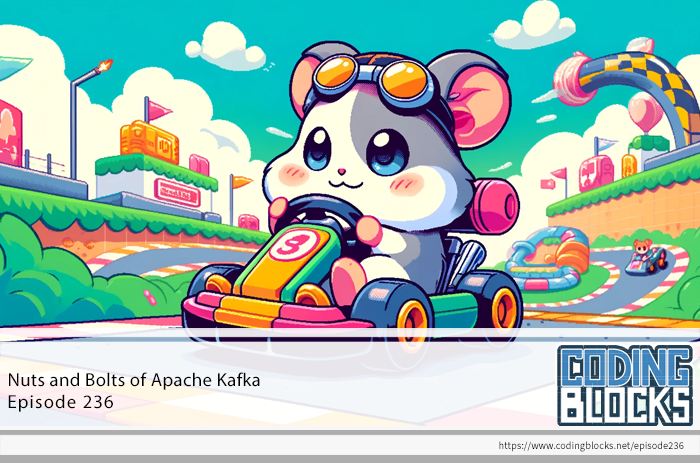
 Coding Blocks
Coding Blocks Nuts and Bolts of Apache Kafka
14 snips
Jun 9, 2024 Delving into Apache Kafka, they discuss topics, partitions, and APIs. They cover event ordering, fault tolerance, and high availability. Exploring Kafka APIS for managing topics, producers, and consumers. They also touch on backup strategies, disaster recovery, and Kafka use cases in data processing.
AI Snips
Chapters
Transcript
Episode notes
Kafka Topics and Partitioning
- Kafka topics are partitioned to distribute data across multiple brokers for scalability.
- Events with the same key are written to the same partition, ensuring ordered reads within partitions.
Plan Kafka Keys and Partitions
- Choose keys wisely in Kafka to avoid hotspotting and imbalanced broker loads.
- Plan partition numbers carefully as adding or removing partitions requires rekeying and data movement.
Kafka Ordering Guarantees
- Kafka guarantees events within a partition are read in the exact order they were written.
- This ordering is a core feature that makes Kafka effectively a reliable queue.

